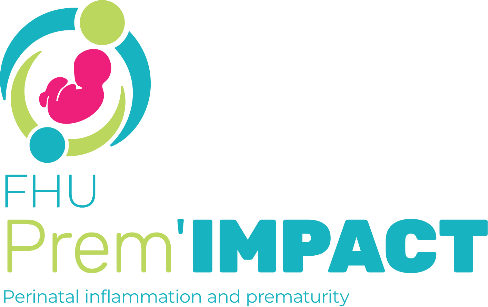Abstract
We report the 51/2 year prevalence of visual and oculomotor impairments in preterm children born at 24-34 weeks’ gestation (WG) using the population-based cohort study EPIPAGE-2, set in France, 2011. The main outcomes were imputed prevalence of refractive errors (REs), strabismus, and binocular visual acuity (VA). Children were clinically assessed by specially trained pediatricians. The population was also analyzed in terms of cerebral palsy at 51/2 years (no CP, stage 1, stage 2, or stage 3-5) and retinopathy of prematurity in the neonatal period (no ROP, stage 1 or 2, or severe ROP). Among the 4441 children included, 2718 (weighted percentage 58.7%) were clinically assessed. REs were reported in 43.1% (95% confidence interval 37.6-48.4), 35.2% (32.7-37.6), and 28.4% (25.0-31.8) of children born at 24-26, 27-31, and 32-34 WG (p < 0.01), respectively; strabismus rates were 19.5% (14.6-24.4), 14.8% (12.9-16.7), and 8.3% (6.2-10.4) (p < 0.001), respectively. Moderate/severe visual deficiencies (VA < 3.2/10) were present in 1.7% (0.2-3.3) of children born at 24-26 WG, and in less than 1% in other groups. A suboptimal VA 5/10-6.3/10 was measured in 40.6% (35.3-45.8) of children born at 24-26 WG, 35.8% (33.5-38.1) at 27-31 WG, and 33.7% (30.4-37.0) at 32-34 WG. CP and ROP were associated with strabismus and RE. The association between CP and VA was strong, while it was not observed for ROP. In this large cohort of preterm-born children, we found a high prevalence of RE and strabismus regardless of WG, supporting the need for specific attention in this population. High prevalence of suboptimal VA could be challenging for these children at the age of reading and writing acquisition.
